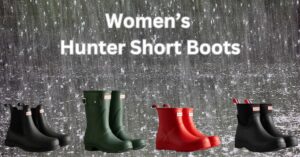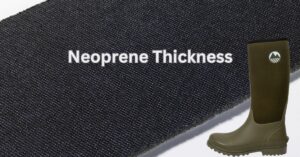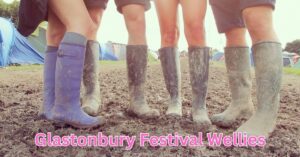The Different Types of Wellington Boot Treads
The type of tread on the boot’s sole can make a significant difference in grip and performance based on the terrain and activity. Here are the different types of treads you often find on wellington boots:
General-purpose Treads: These are the most common and feature a moderately deep tread that provides a good grip on both soft and hard surfaces. Suitable for general outdoor wear and light work.
Deep Lug Treads: These are used on boots designed for heavy outdoor work, particularly in muddy, wet, or slippery environments. The deep channels between the lugs help to evacuate mud and prevent buildup, ensuring a solid grip.
Farming or Agricultural Treads: These are similar to deep lug treads but may have specialized patterns to prevent soil buildup and provide maximum traction in cultivated or ploughed fields.
Ribbed Treads: These have elongated ribs running along the length or width of the sole. They are ideal for surfaces that are slick but don’t have large debris or obstacles. The ribs provide good lateral grip.
Low-profile Treads: These are best for urban or indoor use where deep treads might be unnecessary or cumbersome. They provide some grip but prioritize comfort and ease of walking on flat surfaces.
Multi-directional Treads: These have patterns that provide grip in various directions, useful for activities that involve a lot of movement in different directions, such as hunting or trekking.
Specialized Treads for Specific Surfaces: Some boots are designed for particular terrains like icy or snowy surfaces and may feature specialized patterns or even small spikes to improve traction.
Energy-absorbing Heels: While not a tread pattern per se, some wellington boots come with energy-absorbing heels, designed to reduce the impact on the wearer’s joints when walking on hard surfaces.
Non-marking Soles: Often found on marine wellington boots, these soles won’t leave marks on boat decks or other sensitive surfaces.
When selecting a pair of wellington boots, consider the main activities and terrains you’ll encounter. The right tread can provide the necessary grip, comfort, and safety for your specific needs.







